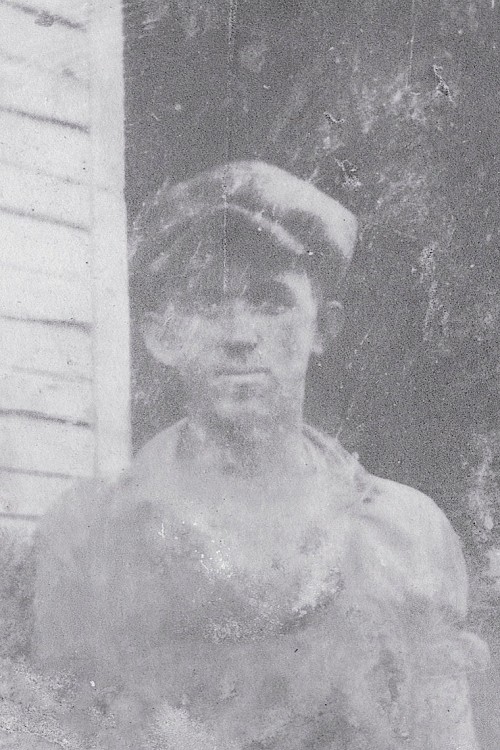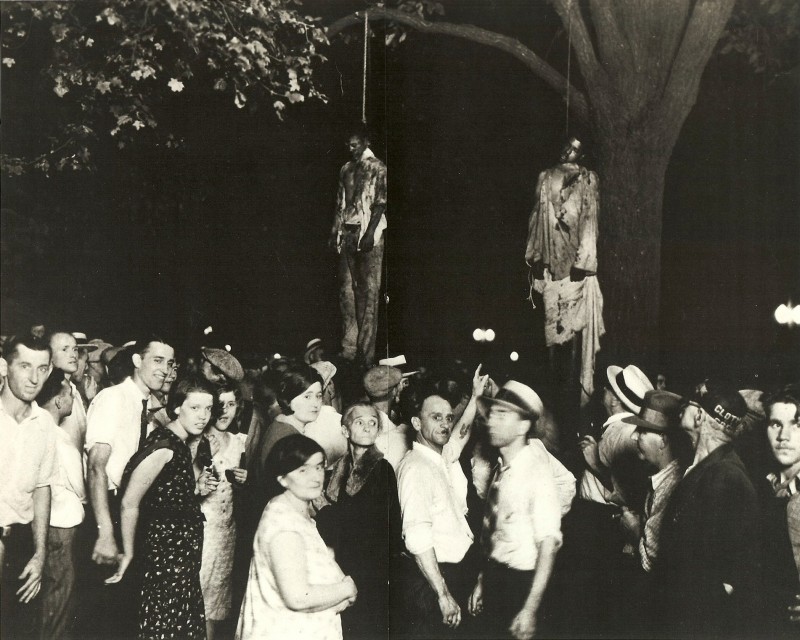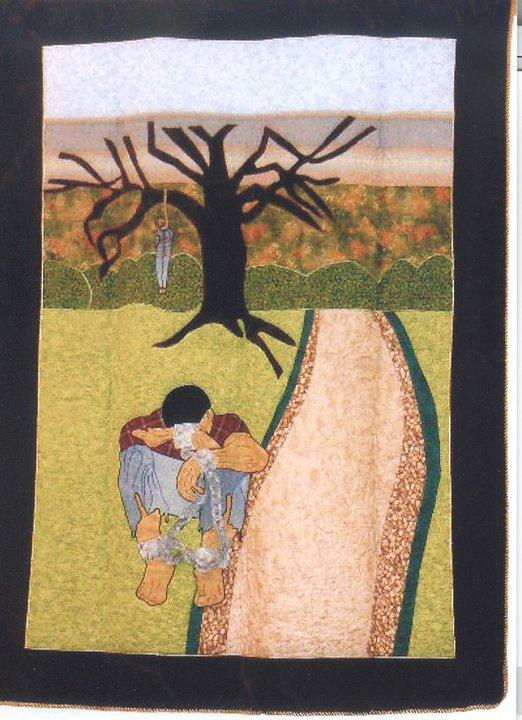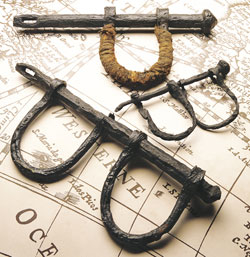Revealed: the long-suppressed stories of the world’s oldest slave ship
Share
Explore Our Galleries
Breaking News!
Today's news and culture by Black and other reporters in the Black and mainstream media.
Ways to Support ABHM?
By Gabriella Angeleti, The Art Newspaper

Marine archaeologists, academics, film-makers and local descendants of enslaved people are working together to shed light on the infamous “Camargo” shipwreck
Years after the transatlantic slave trade was criminalised, a ship known as the Camargo transported more than 500 enslaved Africans from Mozambique to the south-eastern coast of Brazil. The ship was covertly sunk shortly after it docked in 1852 in Angra dos Reis, in the state of Rio de Janeiro, to destroy evidence of the crime. Although the wreck of the Camargo has been known to local communities for generations, researchers are only now beginning to study the ship, which is thought to be the oldest slave ship ever discovered.
Research on the Camargo is being spearheaded by a multidisciplinary team of archaeologists, academics, film-makers and community leaders of the Quilombo Santa Rita do Bracuí—descendants of enslaved Africans brought to the region. The nonprofit AfrOrigens Institute was established in 2023 to administer the project, and it received a $295,000 grant from the US Ambassadors Fund for Cultural Preservation last year.
Awareness around the shipwreck first emerged in the mid-1990s, when the Brazilian historian Martha Abreu discovered newspaper clippings referencing the ship. “There were records of a slave revolt in a nearby plantation, and the enslavers wrote that all the insubordination was linked to the Camargo, the last slave ship that arrived after slavery was banned,” Abreu tells The Art Newspaper. “Although we do not know how many people survived the Camargo, it was reported that the police apprehended 72 Africans who had arrived on the ship.”
Around a decade later, Abreu launched an oral history project to preserve the stories of descendants of enslaved people, visiting the Quilombo and connecting their accounts of the Camargo with her past research. “The community knew about the ship and that it was sunk,” Abreu says. “We were able to link this important information but did not have the financial support at the time to go and find the Camargo.”
Momentum to locate the shipwreck restarted when the marine archaeologists Gilson Rambelli (who published a research paper calling for further study on the Camargo) and Luis Felipe Santos embarked on an expedition of the Bracuí river in Angra dos Reis in 2022. They found timbers and a hull that aligned with historical records of the Camargo and accounts from the Quilombo community.
[…]
The first phase of fieldwork on the Camargo concluded in June and lasted two weeks. It is expected to be completed in around three years and cost up to $2m.
Learn more about the Middle Passage that Africans were forced to take.









Comments Are Welcome
Note: We moderate submissions in order to create a space for meaningful dialogue, a space where museum visitors – adults and youth –– can exchange informed, thoughtful, and relevant comments that add value to our exhibits.
Racial slurs, personal attacks, obscenity, profanity, and SHOUTING do not meet the above standard. Such comments are posted in the exhibit Hateful Speech. Commercial promotions, impersonations, and incoherent comments likewise fail to meet our goals, so will not be posted. Submissions longer than 120 words will be shortened.
See our full Comments Policy here.